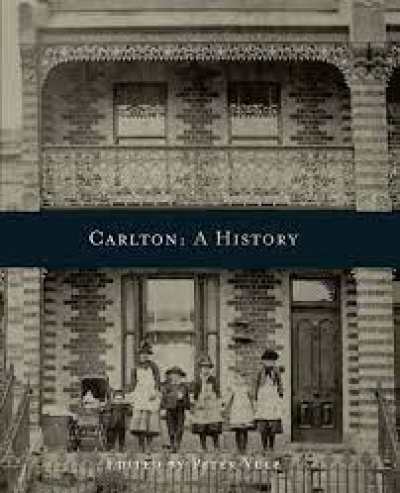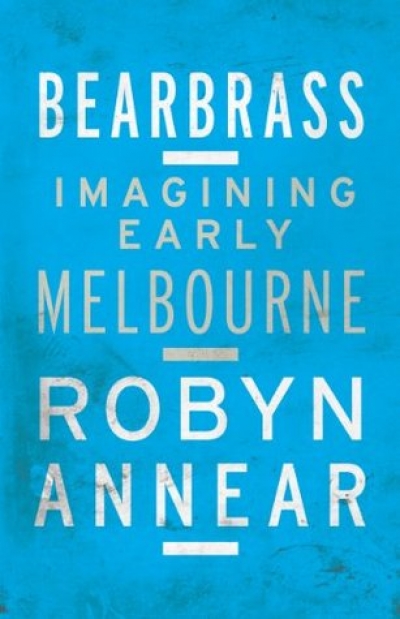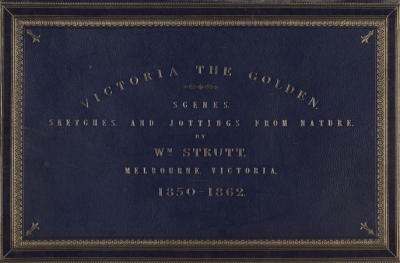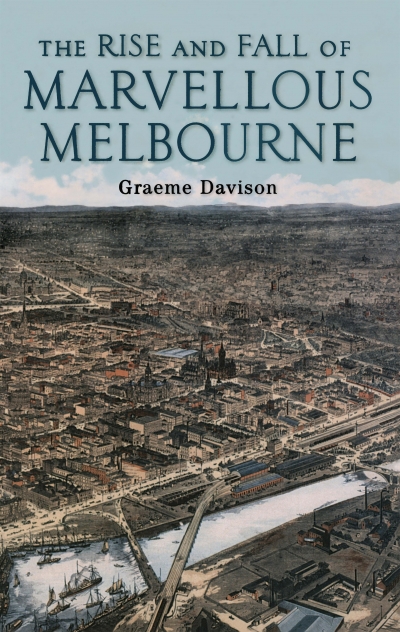When is a suburb not a suburb? When it is an inner-urban locale with a distinctive café culture, its own postcode and football team, but no town all. And here’s another: how did an Old English word meaning ‘churl’s farm’ come to be assigned to a swanky inner suburb of a major city in the southern hemisphere? These and numerous other questions are answered in Carlton: A History. This encyclopedic book tells a fascinating story that resonates way beyond its notional suburban boundaries.
As Melbourne grew, its suburbs became too vast for one local government body to administer, and areas were carved off to form separate municipalities: Richmond, Collingwood, Fitzroy, South Melbourne, North Melbourne. Carlton, however, despite periodic agitation from its residents, has remained within the boundaries of the Melbourne City Council.
...
(read more)




